Advances in technology have propelled the human race to an unprecedented plateau of innovation and capability. Throughout our history, revolutionary technological advances have presented an opportunity to push the boundaries of societal progress, and now with additive manufacturing, once again we find ourselves on the cusp of behaviour altering possibilities. Additive manufacturing poses a unique proposition; the freedom of design to create more, to inspire innovation, and to better society (Diegal, Singamneni, Reay, & Withell, 2010). Through embracing additive manufacturing’s full potential and integrating it into traditional manufacturing and product development processes, we will begin to see new applications scaling almost every industry (Harris, 2011).
Additive manufacturing, the all-encompassing term, is actually divided into two major categories; rapid prototyping, and rapid production (Bak, 2003). Other terms often heard include 3D printing, digital manufacturing, and rapid manufacturing, yet are all descriptive of the same additive process (Bak, 2003). The process itself involves the construction of an object layer-by-layer using a variety of materials and a bonding agent (Bird, 2012). This differs greatly from traditional methods of subtractive manufacturing: the removal of material to produce a desired design. The development of the technology dates back to 1968, where the first patent was filed for an additive prototype by Win Kelly Swainson (Teska, 2012).
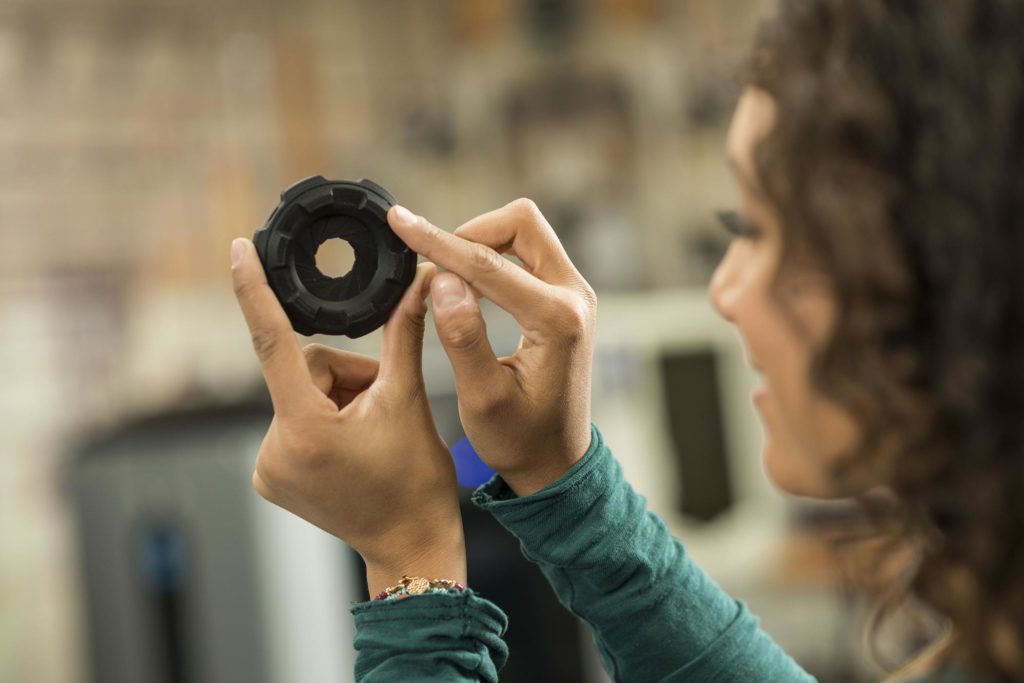
Over the years additive manufacturing has evolved to include different processes and materials. Fused deposition modeling, polyjet, selective laser sintering, and stereolithography are all derivative of the original additive concept (Dimitrov, Schreve, & de Beer, 2006). They evoke an ability to create faster, stronger, or more versatile models, with each process posing its own strengths and weaknesses. In more recent times (The mid-2000s), the cost of additive manufacturing has decreased dramatically, creating a progressive demand in the consumer market (O’Heir, 2012). This adoption has led to the mainstream avocation of the technology, which has positively affected the economy, job creation, and innovation.
Literature Review
Throughout the course of history, medical innovations, product development, and innovation have all been instrumental in creating our standard of living. Lost in all the excitement over the newest smart phone or medical treatment is the means by which it was developed. Additive manufacturing poses a unique proposition for ingenuity without the constraints of traditional development (Diegal, et al., 2010). It has made inroads into almost every industry, prompting users to test the limitations of what is possible in any given timeframe. With this superior advantage comes a society on the infinite course of consumerism (O’Heir, 2012). This society that is created is one with increased expectations, product standards, and the potential to disregard any legal boundaries in order to advocate creativity and the sharing of information.
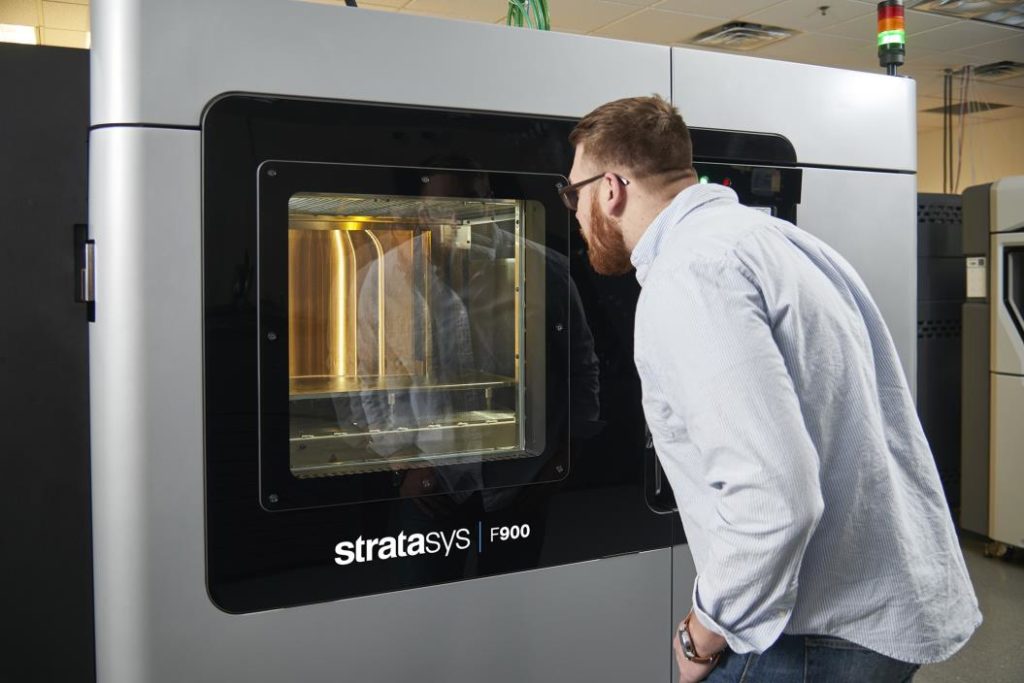
Additive manufacturing has created a competitive advantage for many companies in their pursuit of operational efficiency (Harris, 2011). In regards to product development, additive manufacturing has given companies a way to limit outsourcing to third parties by developing concepts in house (Denning, 2012), as well as creating an advantage over competitors by shortening the product development cycle (Kochan, 2000). This once closely kept secret has trickled its way into other industries, with forward-thinkers piloting new applications of the technology. In education, the integration of 3D printing into engineering and manufacturing curriculums has greatly enhanced student’s levels of learning (Bull, et al., 2010). Students now have the ability to be more responsive and creative in the learning challenges presented to them by visualizing concepts as opposed to reading them (Kroll & Artzi, 2011). Educators can harness the technology to encourage scientific thinking, and the development of real world skills. In the medical industry, the conjunction and compatibility of medical imaging software with 3D printing technology (Ebert, Thali, & Ross, 2011), has produced new insights into the treatment of physical disabilities and ailments. Human prosthetics was one of the first fields to see progress with rapid prototyping in the early 1990s, along with surgical planning and custom implants (Ashley, 1993). The elimination of timely custom creations means a more responsive healthcare system able to better serve their patients, greatly improving medical care. Additive manufacturing has also progressed to produce end-use hearing aids and medical implants much more economically then traditional processes, creating a wider availability for affordable healthcare solutions. With so many positive impacts on society through education, medicine, and business, additive manufacturing is a relentless force when combined with creative thinking.
Unfortunately, the lack of limitations in what can be 3D printed, poses a morale and ethical threat to society. Guns, weapons, and ill-intended tools can all be a product of additive manufacturing technology, with no governing body currently limiting this possibility. Although it is theoretically impossible to produce a working gun, with advancements over time, it one day may be. Society is also impacted by the environmental impact of 3D printing, and the by-product of some of the technologies. Although little is known about this impact, over time toxic processes make negatively affect both human users, and their surrounding ecosystem (Drizo & Pegna, 2006). Looking further into the negative impacts on society, an increase in the scale of consumerism could also been seen as a by-product of 3D printing. With the ability to create more, may come the result of creating too much.
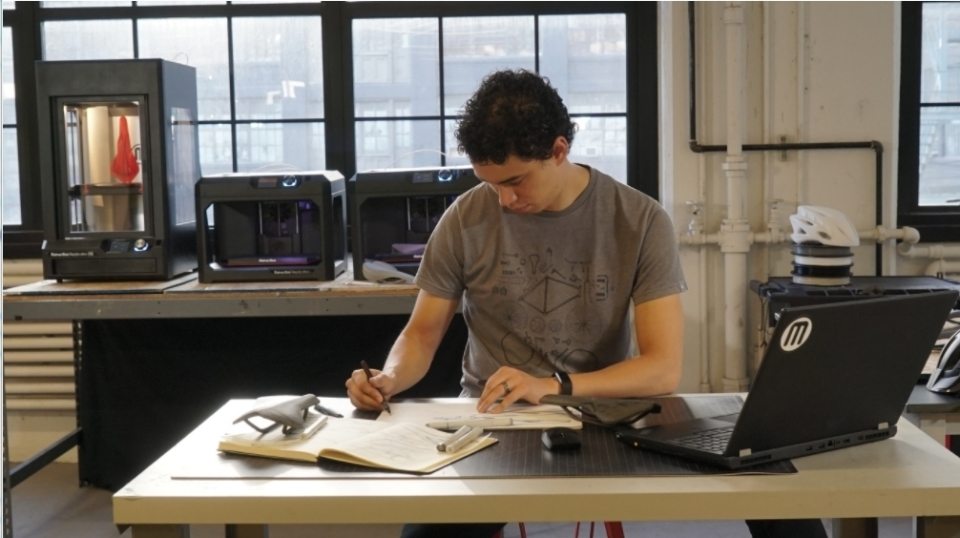
Regardless of some of the negative by-products of additive manufacturing technology, the endless applications, and nurturing of forward-thinking has made it a vital component in the next stage of social development. Much like the internet and social media was able to shape our communication behaviours; additive manufacturing presents an opportunity to communicate through tangible ideas. Once adoption rates increase, 3D printing will have produced a generation of individuals who can instantly react to the world around them with new tools and a limitless imagination.
The Proposal
The deep-seated root additive manufacturing has in the prototyping industry has been prevalent for more than 30 years (Teska, 2012). Its development over time has perfected the process to cater to product development needs, offering a wide variety of materials and applications for the purpose of product development (Diegal, et al., 2010). In this regard, an investment in product development applications for additive manufacturing would hinder its potential for true societal impact. Over the last 15 years, more of an emphasis has been put forth to creating a sustainable model for short-run production through additive manufacturing (Bak, 2003). This focus has resulted in the creation of materials and machines capable of producing end-use parts (Dimitrov, Schreve, & de Beer, 2006). In regards to industry-specific research, the aerospace industry has benefited the most from advances in additive manufacturing technology. The capital that majority of the aerospace companies possess has given them the ability to purchase proprietary technologies (The Economist, 2011). Education has also seen its share of research benefits, with the boundaries of additive manufacturing often being pushed at educational institutions (Bull, et al., 2010). The now established integration of the technology into curriculum and research has created a sense of normality in the exposure of the technology to students. The real challenge that currently exists in the market is the adoption of the technology in sectors that lack the budget and vision to employ additive manufacturing in their current processes. There is a ubiquitous gap in some elements of the technology, one being the long-term environmental impact, and the second being the limitations of materials. As it currently stands, there has been no assessment of the environmental impacts of additive manufacturing, which is greatly needed now that the focus is on low-cost production (Drizo & Pegna, 2006). The second major limitation is attributed to materials only suitable for short-term prototypes. More manufacturing friendly materials need to be extended to user-friendly additive processes, in order to generate greater feasibility (Dimitrov, et al., 2006).
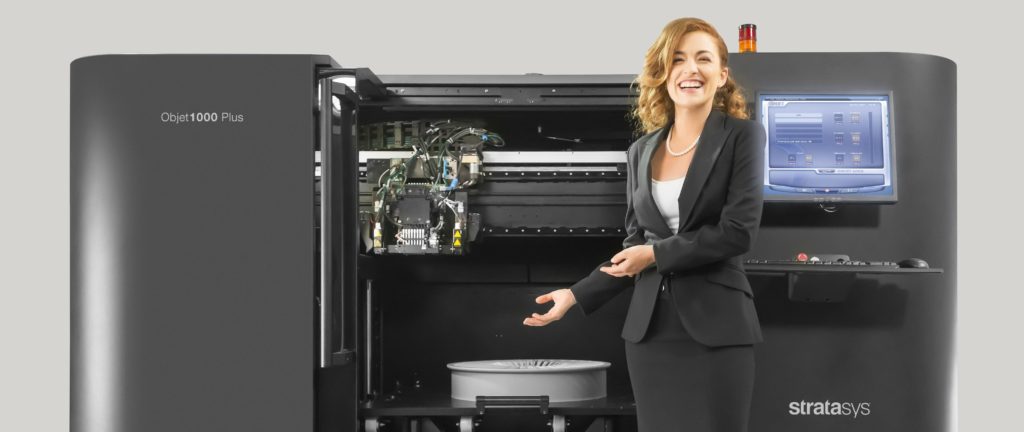
The main concept of this entire additive manufacturing phenomenon that draws my attention is the true economic and societal impact that the technology will have on the manufacturing industry in North America. With efficiency and profitability in mind, the business structure of many companies has created a scenario where manufacturing can only happen in developing nations (Denning, 2012). Over time, in order to produce the best return on investment to shareholders, and produce the capital needed for quicker growth than competitors, industries have continually moved manufacturing to countries like China and India. The once admirable blue collar sector of North America is now seen as a dismal career path, with white collar jobs reigning supreme. The recent recession, although arguably now dormant, has left in its wake a significant amount of disparity in smaller communities and brought the white collar empire to its knees. These rural communities, once built around manufacturing facilities, have seen their way of life dissipate with the movement of manufacturing jobs to developing nations. White collar jobs are also now few and far between. Where will the growth now be in North America? That being said, additive manufacturing creates an environment free of economies of scale, the driving force behind the outsourcing of human resources. Could it potentially act as a substitute, if not a compliment, to traditional manufacturing methods? Furthermore, additive manufacturing presents an opportunity to greatly impact the innovation capacity of Canadians, something that has sorely lacked over the past few decades. I wonder if a more widespread adoption of additive manufacturing technologies in rural communities will enhance their ability to manufacture at a comparable profitability to developing nations, and result in a positive economic impact for the community. I predict that traditional manufacturing will still be a better business decision for companies looking for the greatest growth, but additive manufacturing will act as a compliment to the manufacturing process, allowing for the cost savings and margin needed for job creation and growth. If additive manufacturing can act as a saving grace, we might yet see the growth that North America is accustomed to.
Theoretical Framework
Through the evolution of consumerism, and the expectations that come along with it, hyper-post-Fordist culture has further extended the capabilities of customization. Consumers are now able to “customize their interactions with the urban space” (Quan-Haase, 2013, p. 9). This first-time phenomenon is one of the driving forces in today’s society, one that will allow future consumers to essentially control the products available; as if it was their own personal space.
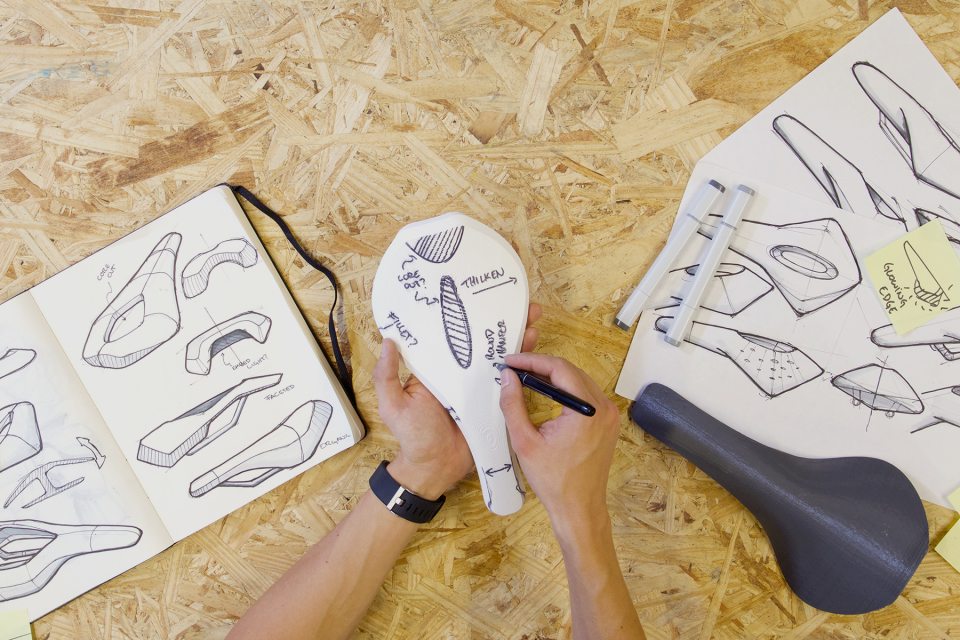
Additive manufacturing, although presenting the potential for the re-emergence of manufacturing in developed nations, also provides an unprecedented opportunity for consumers to reach new degrees of customization and innovation. The diffusion of 3D printing technology into society, through lower technology price points, will inevitably result in the funding of more advanced materials research. With this research, the potential for materials once only available through purchasing an end use product like plastics, rubbers, and glass, may be in the hands of the consumer who can apply their own personal touch and extend their creativity.
Although globalization served as a driving force behind economic growth and development, the current global economic situation would benefit from a step back from complete globalization and shift the focus to pending community growth. Additive manufacturing, adverse to Fordism, has the potential to be part of “a wider variety of strategies for capital accumulation in the world economy than emphasized by either the globalization or post-Fordist theses” (Kiely, 1998.) Although the theory of Fordism aimed to accelerate the advancement of society, the need for efficiency shifted the related manufacturing overseas (Townsend, 2009.). With additive manufacturing, the same degree of consumerism can be satisfied, yet the potential for negative economic impact close to home will be minimal.
Quantitative Research Methods
The first quantitative analysis highlights the capabilities of additive manufacturing technology when looking to perform assemblies (N.B. Crane, Tuckerman, J., & G.N. Nielson. 2011). The methodology used is a Monte-Carlo simulation that looks to measure the random errors between a self-assembled thermoelectric system and a one-dimensional model (N.B. Crane et al., 2011). The findings show that it is indeed possible to achieve satisfactory self-assemblies with additive manufacturing by following best practices. For instance, aligning the components parallel on the build tray, incorporating some sort of sensing technology for variances, as well as focusing on smaller assemblies and then combining them into larger systems will all result in an assembled part with minimal redundancies (N.B. Crane et al., 2011). This article supports my hypothesis by reiterating the potential for additive manufacturing processes for the purpose of short-run production. If assemblies truly can be built with a single additive manufacturing system, then the need for assembly through automated manufacturing would be redundant.
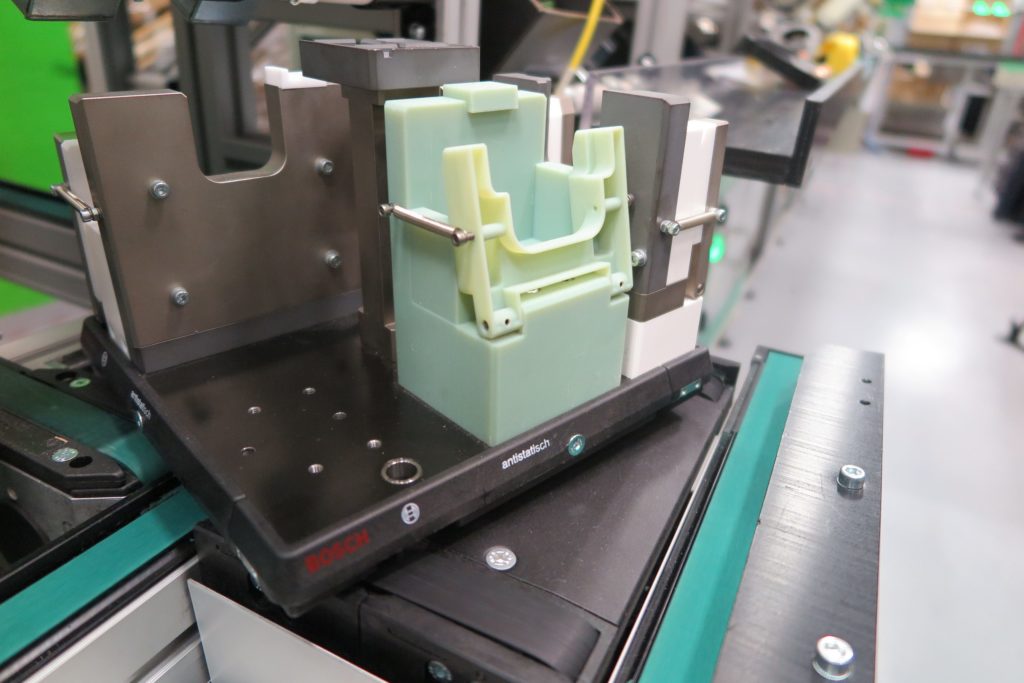
The second quantitative analysis aims to find the economic benefit of utilizing additive manufacturing for the production of end-use metal parts. The methodology used by the experimenter was the application of cost models to compare two different types of metal additive manufacturing technologies to determine the economic impact of attempting to produce different geometric possibilities (Atzeni et al., 2012). The results of this research paper are that the additive production of small to medium sized batches of metal parts is more economically viable then traditional manufacturing (Atzeni et al., 2012). The technology provides a competitive advantage in both time-to-market and return on investment. Drawing back on the original hypothesis, this supports the argument that additive manufacturing processes can result in both cost and time savings, as well as provide manufacturing agility for smaller manufacturing facilities serving smaller markets.
Qualitative Research Methods
Qualitative analysis of additive manufacturing has resulted in a much greater diffusion of the technology through media outlets. The first analysis is qualitative in nature as it seeks to assess the patterns of additive manufacturing through qualitative data collection and create a new viewpoint of the future from a social perspective. The methodology used was an array of personal interviews and observations from over 20 years of subject analysis (Campbell, Bourell, & Gibson, 2012).The findings determine the progressive components of additive manufacturing technology as being application developments, materials research, and the creativity of the users (Campbell, Bourell, & Gibson, 2012). Over the past two years the additive manufacturing industry has accelerated at a greater pace than the previous twenty (Campbell, Bourell, & Gibson, 2012). If the rate of development continues, with even more progression in materials research, a new set of creative minds will successfully be able to apply the technology to manufacturing a new wave of products segmented by more localized needs
In the second qualitative analysis, a more historic perspective is taken into consideration to contrast a previous period of manufacturing slowdown stemming from the late 1980’s recession. The analysis is qualitative in nature as it uses group discussion with industry leaders to assess their personal opinions on the future of the industry (Hull, et al., 1995). The methodology used was a panel group discussion in an interview format (Hull, et al., 1995). Although the findings varied, the overall conclusion was that the adoption rate of additive manufacturing machines in North America is widely determined by the state of the manufacturing industry (Hull, et al., 1995). Though additive manufacturing is more widely known today, this analysis is relatively symmetrical to today’s current economic situation. The economy is steadily growing and manufacturing reaching pre-recession numbers (McCutcheon, et al., 2012). Despite this, additive manufacturing reached unprecedented highs during the recession, indicating the possibility it is now a separately functioning entity from manufacturing.
The Comparison
Additive manufacturing, from both a qualitative and quantitative perspective, seems to be the start of new manufacturing methods and standards. The once surging manufacturing sector in North America was disrupted with the emergence of economies of scale, yet hinders those economies irrelevant with the adoption of additive manufacturing.
The qualitative data gives insight into the relative feelings surrounding the topic by both industry leaders and users of the technology. Through a past and present perspective comparison, the feelings have remained relatively unchanged over the 17 year period. Two things are preventing the widespread adoption and application of additive manufacturing machines for short-run production; material availability (Campbell, Bourell, & Gibson, 2012) and cost (Hull, et al., 1995). In the quantitative data we see evidence of the economic viability of additive manufacturing in both metals (Atzeni et al., 2012) and in the manufacturing of complex assemblies (N.B. Crane et al., 2011). The only evident obstacle to adoption at this point would be the capital cost of the systems themselves, and the marketing required for global recognition. An indicator that we are at the cusp of a manufacturing shift could be interpreted from the lack of awareness in 1995 (Hull, et al., 1995), and the more widespread adoption coined through the term 3D Printing in today’s day and age (Bird, 2012). Another indication is that ingenuity with the technology continues to be prevalent (Campbell, Bourell, & Gibson, 2012), especially at an entrepreneurial level. The experimentation of applications has extended our knowledge of the true capabilities additive manufacturing holds, and now that it has been brought to the masses, a greater degree of mental capacity is dedicated to advancing the uses of the technology.
It seems then it will only be a matter of time till the manufacturing capabilities of additive technology filters to smaller communities and smaller scale manufacturing facilities.
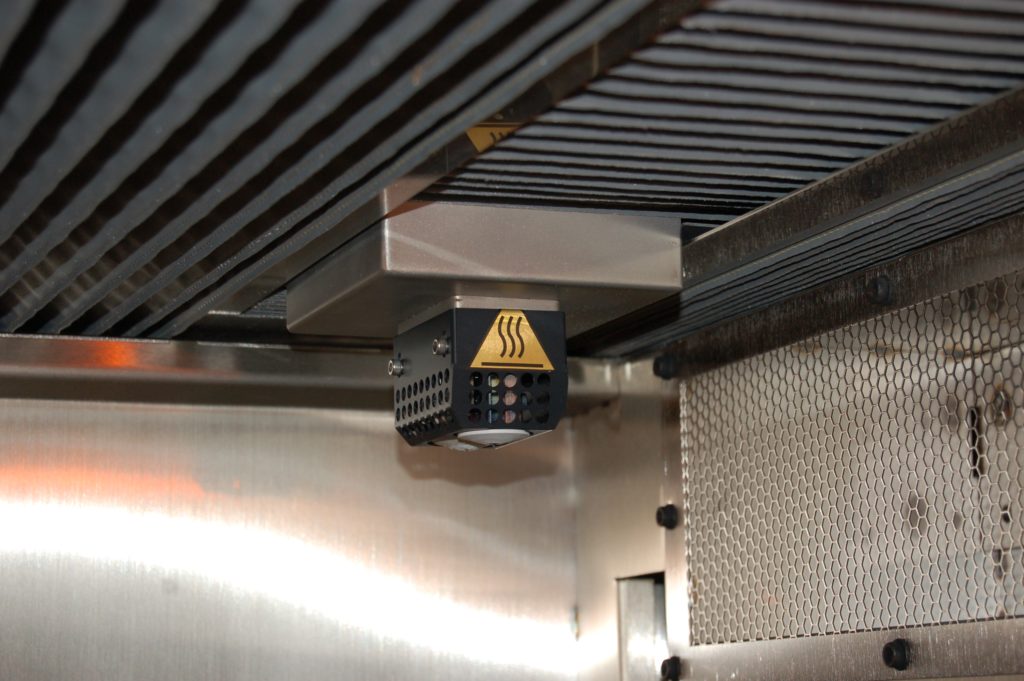
The Conclusion
The plateau of innovation and capability that the human race has reached leaves a relative uncertainty in regard to how far we truly are from the next technological revolution. The recent media storm surrounding the additive manufacturing and 3D printing industry has all but eliminated one of the greatest obstacles to the widespread adoption of this technology; awareness. We have explored the capabilities of additive manufacturing, and both the negative and positive impacts it has had on society. We looked into the economic viability, capability, comparability, and overall potential for additive manufacturing to disrupt traditional manufacturing. The prediction was that it would not completely disrupt, but rather compliment traditional manufacturing processes, and allow for a rebound of manufacturing in North America stimulating job creation and economic growth.
The truth of the matter is that the manufacturing industry is simply too big to influence in such a short time-frame. Additive technologies, have however, positively impacted job creation and economic growth through catering to the demand for the 3D printing of products and services that media buzz has created. Additive manufacturing, adverse to my hypothesis, actually has the potential to completely eliminate the traditional manufacturing of some products, but for the most part it is simply being used in the product development process. Based on both qualitative and quantitative research, additive manufacturing makes good business sense in a variety of scenarios. The only thing keeping it from completely changing the way products are created is the ingenuity and risk aversion of humans.